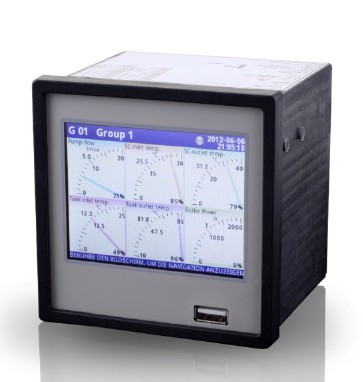Electronic displays are critical components in the automation market. They provide users with real-time information on the status of machines, processes, and systems. In this article, we will explore the different types of electronic display available, their applications in the automation market, and the benefits they offer.
Types of Electronic Displays There are several types of electronic displays used in the automation market, including:
- LED Displays: LED displays use light-emitting diodes to display information. They are energy-efficient, long-lasting, and can be used in a variety of applications.
- LCD Displays: LCD displays use liquid crystals to display information. They are commonly used in small devices, such as smartphones and watches, but can also be used in larger displays.
Applications of Electronic Display in the Automation Market Electronic displays have numerous applications in the automation market. Some of the most common applications of electronic displays in the automation market include:
- Machine Control: Electronic display is used in machine control to provide real-time information on the status of machines. This allows operators to monitor machine performance and adjust as needed.
- Process Control: Electronic display is used in process control to provide real-time information on the status of processes. This allows operators to monitor process performance and adjust as needed.
- Human-Machine Interface (HMI): Electronic display is used in HMIs to provide users with real-time information on the status of machines, processes, and systems. This allows users to interact with machines, processes, and systems and make informed decisions.
Benefits of Electronic Display in the Automation Market Electronic displays offer several benefits in the automation market, including:
- Real-Time Information: Electronic displays provides users with real-time information on the status of machines, processes, and systems. This allows operators and users to make informed decisions and take corrective action when needed.
- Improved Efficiency: Electronic displays improves the efficiency of machines, processes, and systems by providing users with real-time information. This allows operators and users to make adjustments as needed, improving overall efficiency.
- Increased Safety: Electronic displays increase safety by providing users with real-time information on the status of machines, processes, and systems. This allows operators and users to identify potential safety hazards and take corrective action.
The electronic display is a critical component in the automation market, providing users with real-time information on the status of machines, processes, and systems. There are several types of electronic display available, including LED displays, LCD displays, and OLED displays. Electronic display have numerous applications in the automation market, including machine control, process control, and HMIs. They offer several benefits, including real-time information, improved efficiency, and increased safety. With their widespread use and versatility, electronic displays are likely to remain an integral part of the automation market for many years to come.
